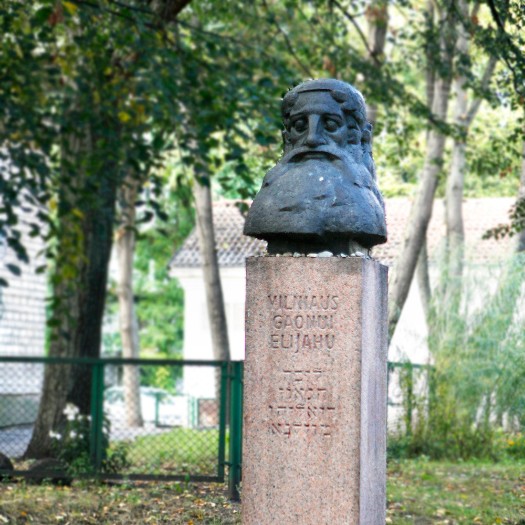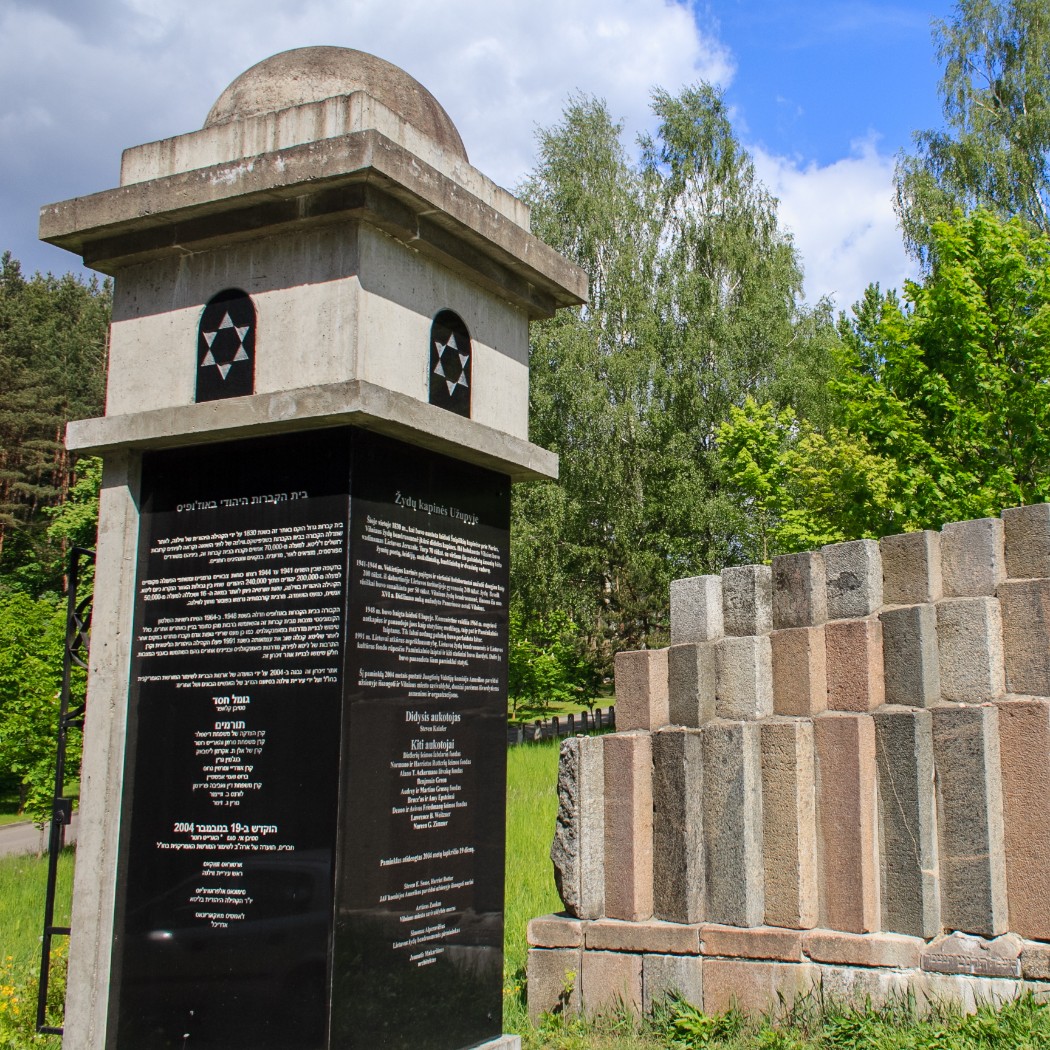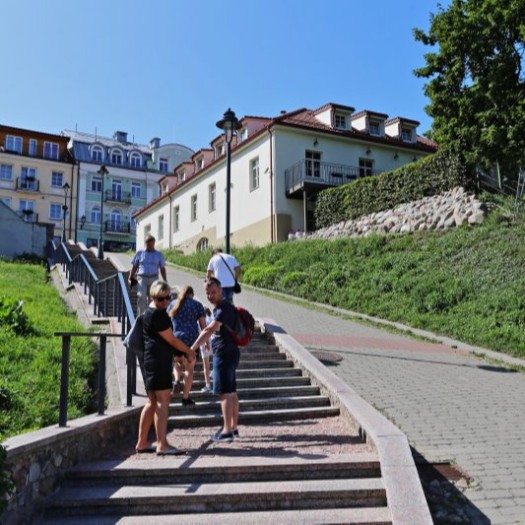Learn more about Vilnius, the former Jerusalem of the North
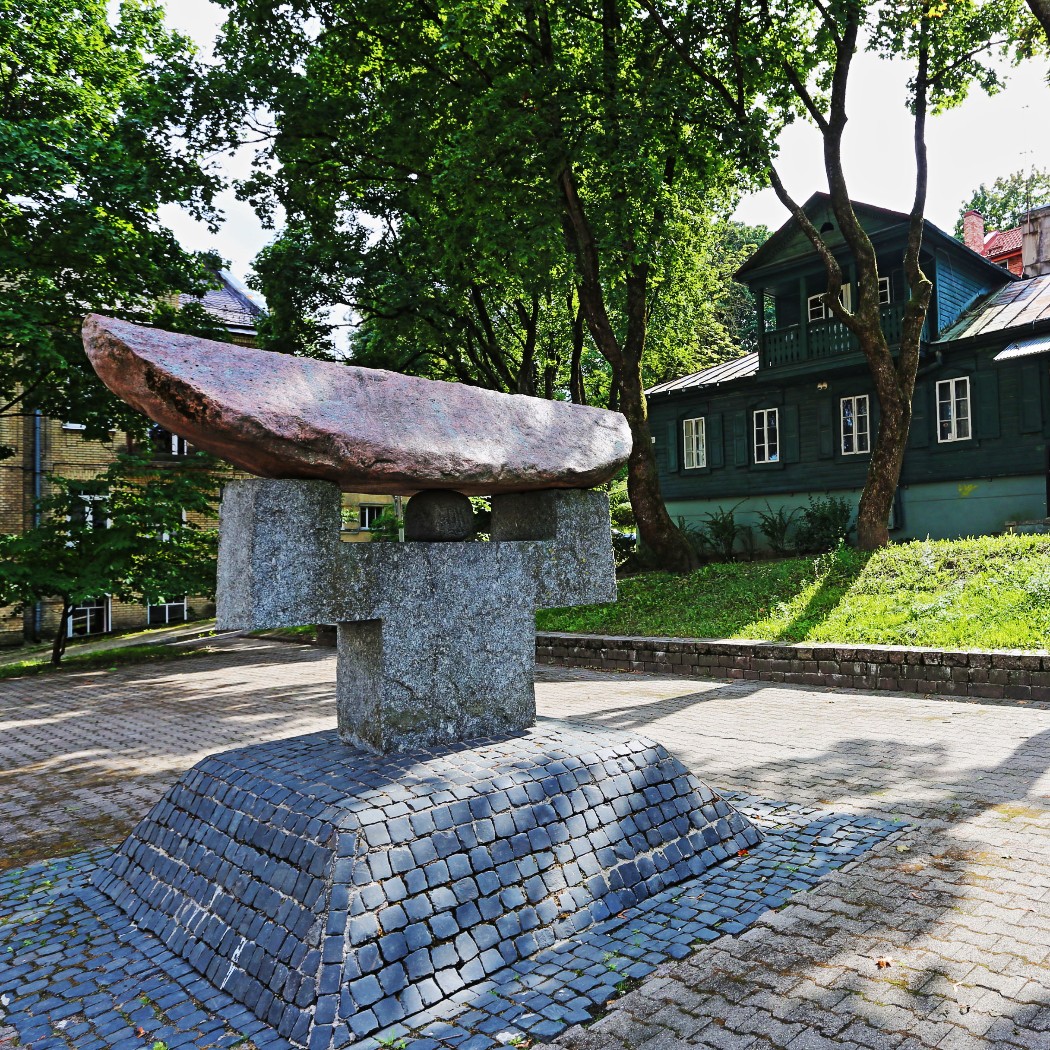
Holocaust Exposition
The Holocaust Exposition recounts the culture and history of the once abundant Lithuanian Jews, from their arrival in the Grand Duchy of Lithuania to their tragic death during the Holocaust.
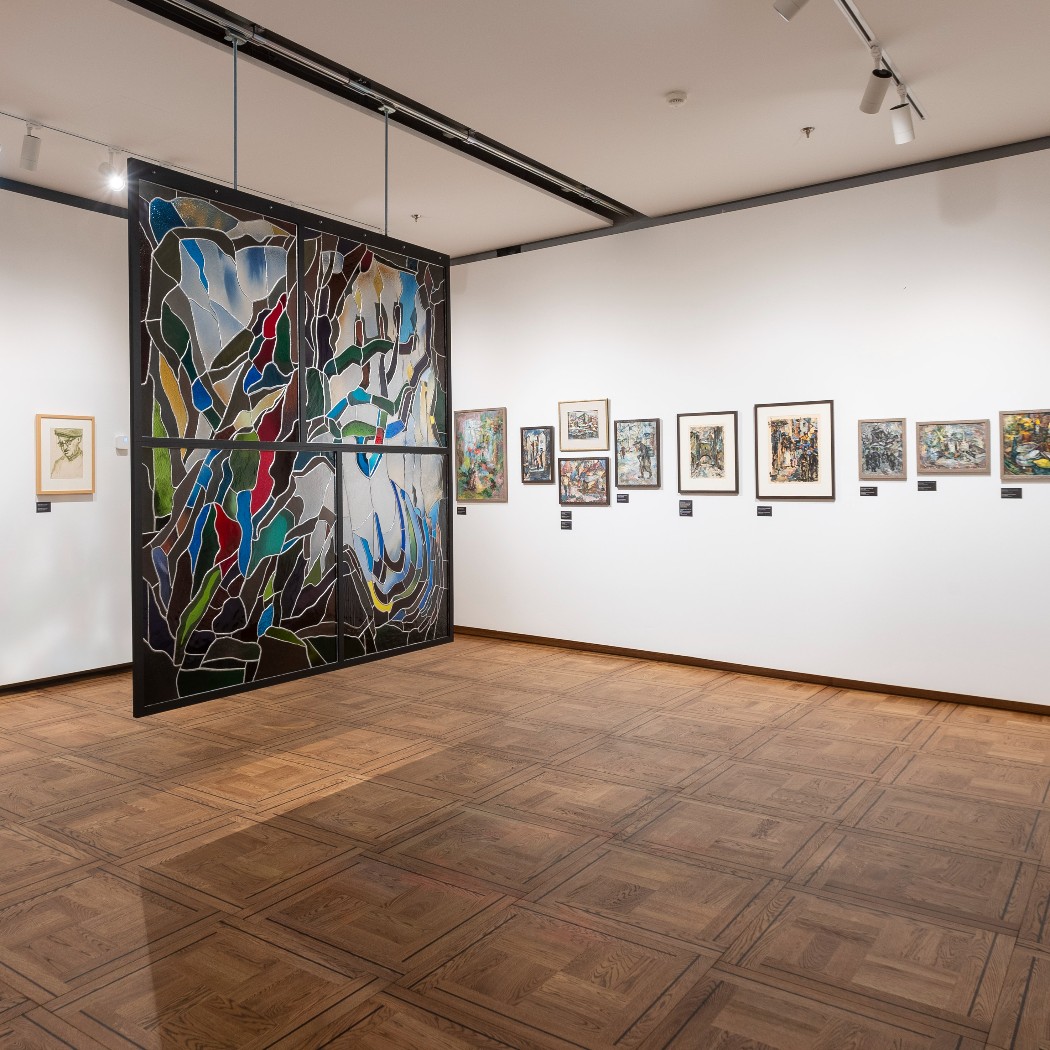
Museum of Culture and Identity of Lithuanian Jews
Litvak culture, customs, and stories of historical daily life have never been presented in such a varied, in-depth and interactive way as in the Museum of Culture and Identity of Lithuanian Jews. Vilnius can now be proud to have an institution that promotes the spiritual and cultural treasure of the Jewish community, which has contributed to the history of Lithuania, and which has greatly influenced Lithuanian culture and lifestyle.
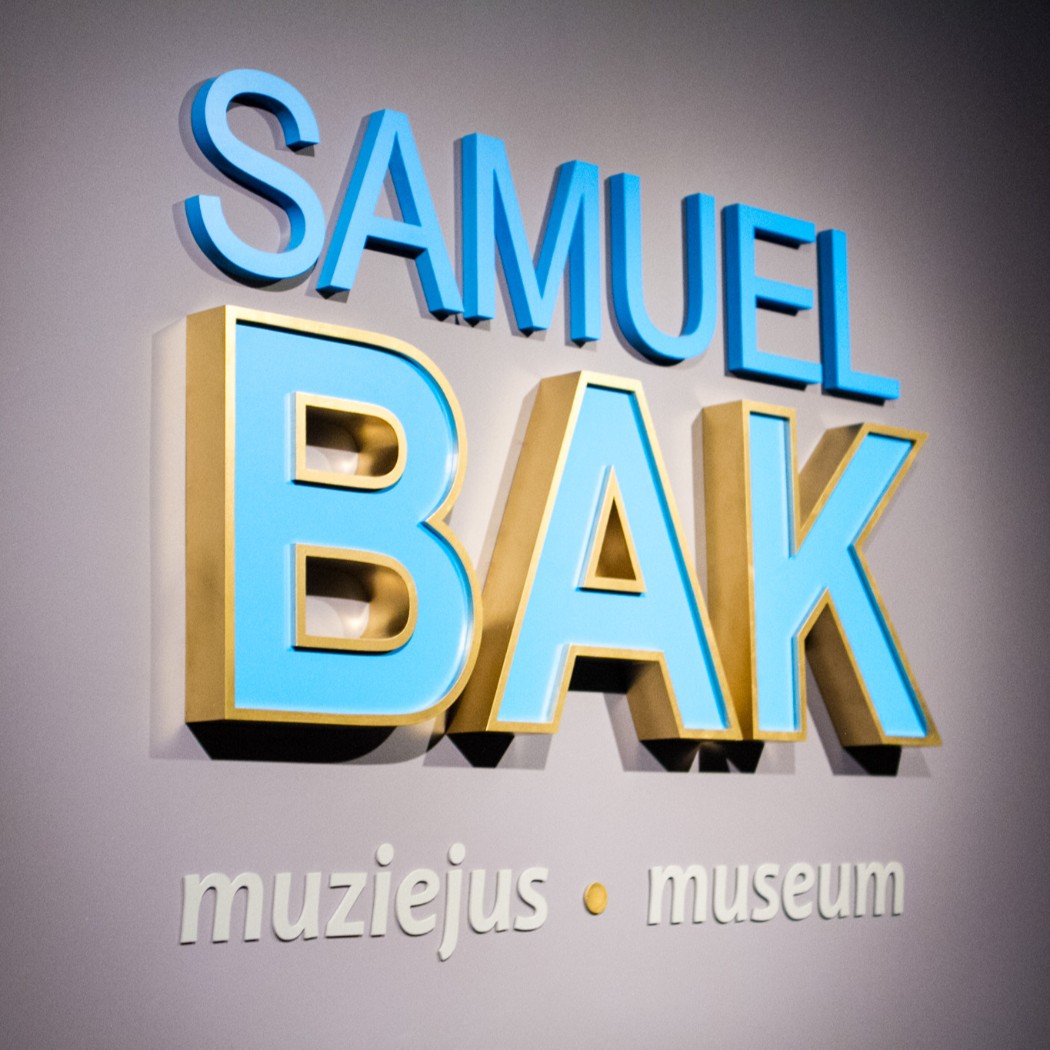
Samuel Bak Museum
The Samuel Bak Museum located on Naugarduko Street functions as a division of the Vilna Gaon State Jewish Museum.
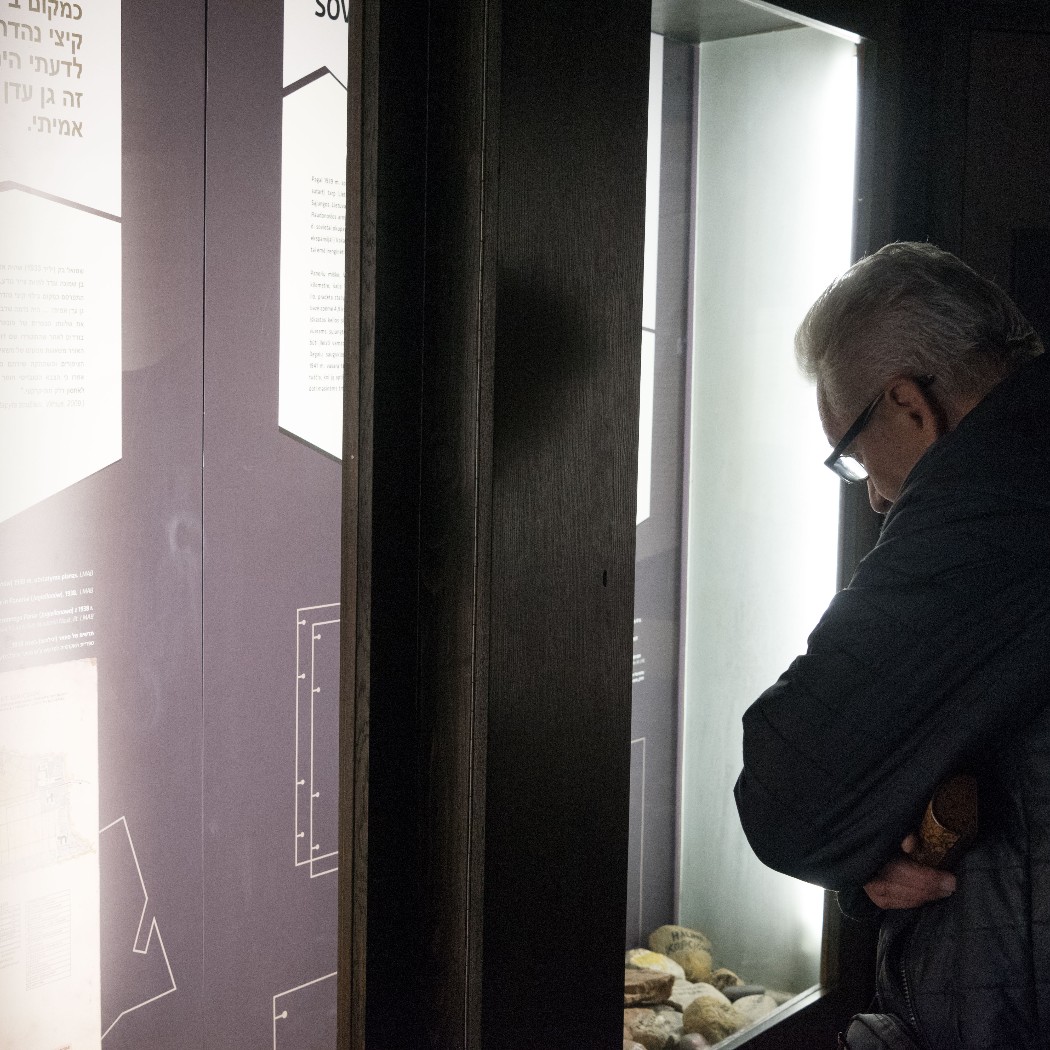
Visitors Information Centre of the Paneriai Memorial
Paneriai is the site of the largest mass murder organised and executed by the Nazis in Lithuania.
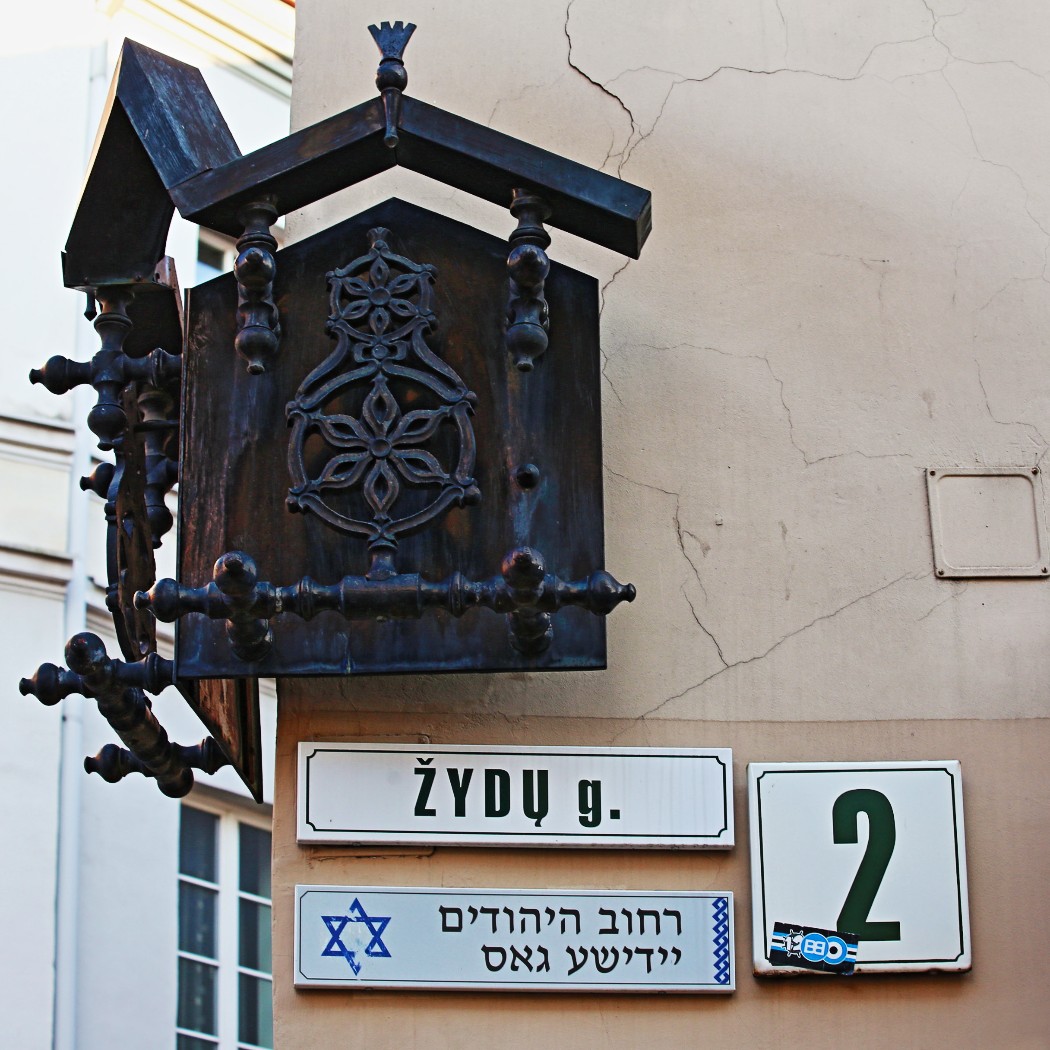
The Big and Little Ghetto
During the Second World War, about 12,000 Jews were forced into the so-called Little Jewish Ghetto (Stiklių, Gaono, Antokolskio, Žydų Str.).
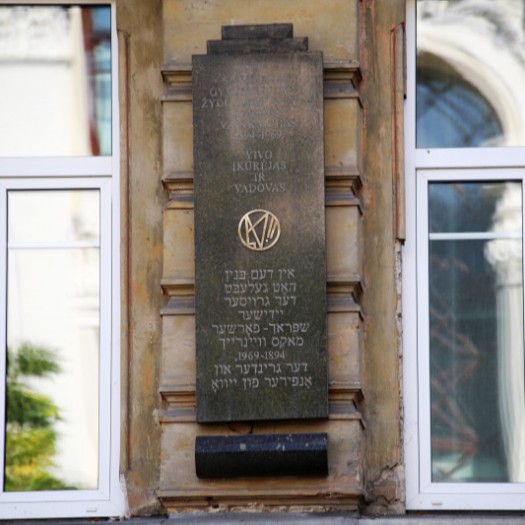
YIVO Quarter
This commemorative plaque gives meaning to YIVO after the building and its institutions in Lithuania were gone in 1940, though YIVO still exists today.

